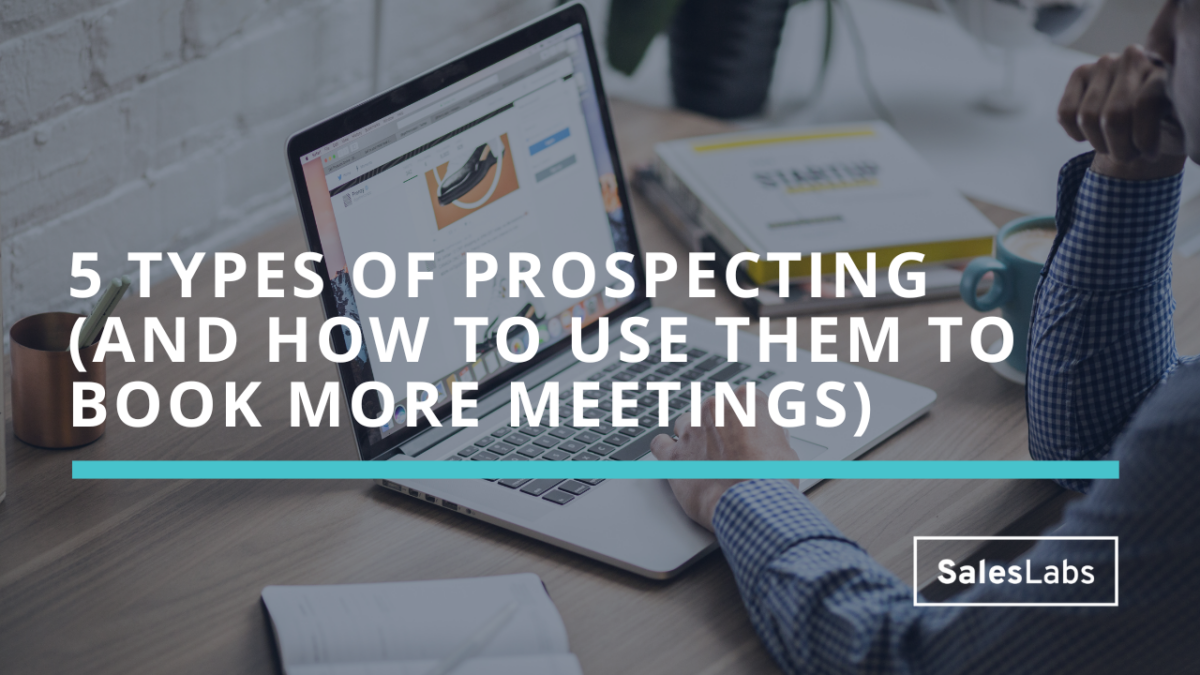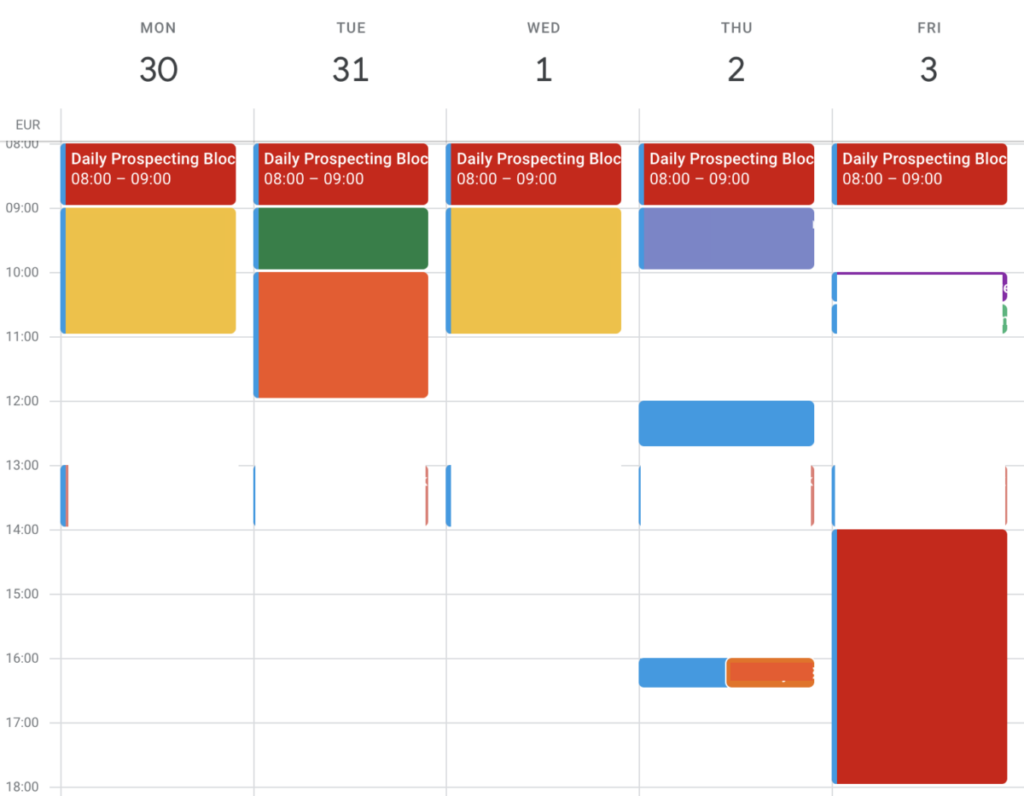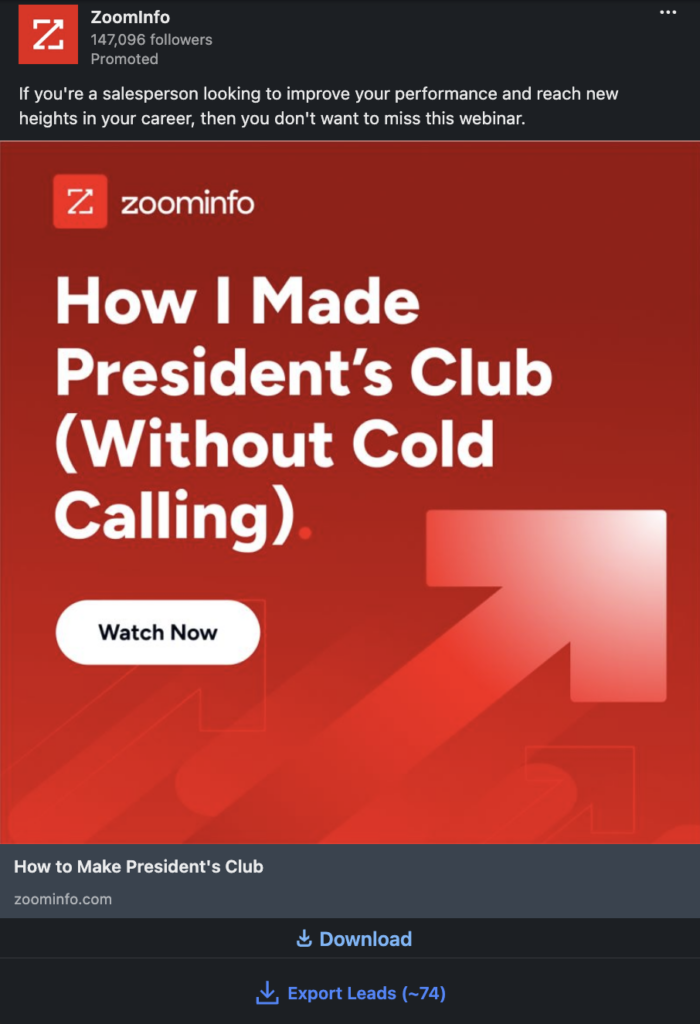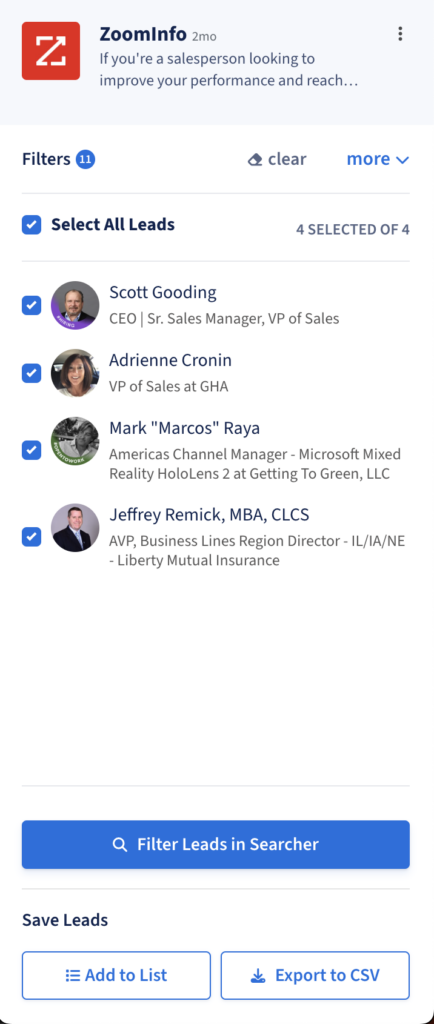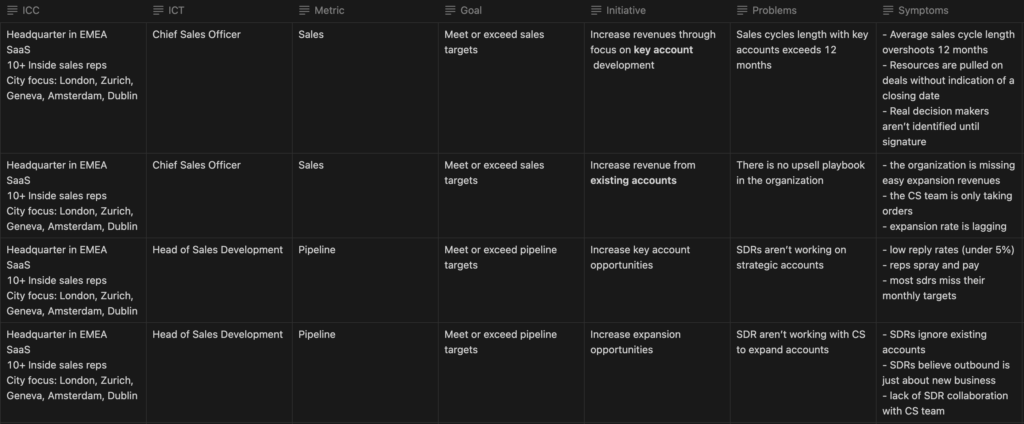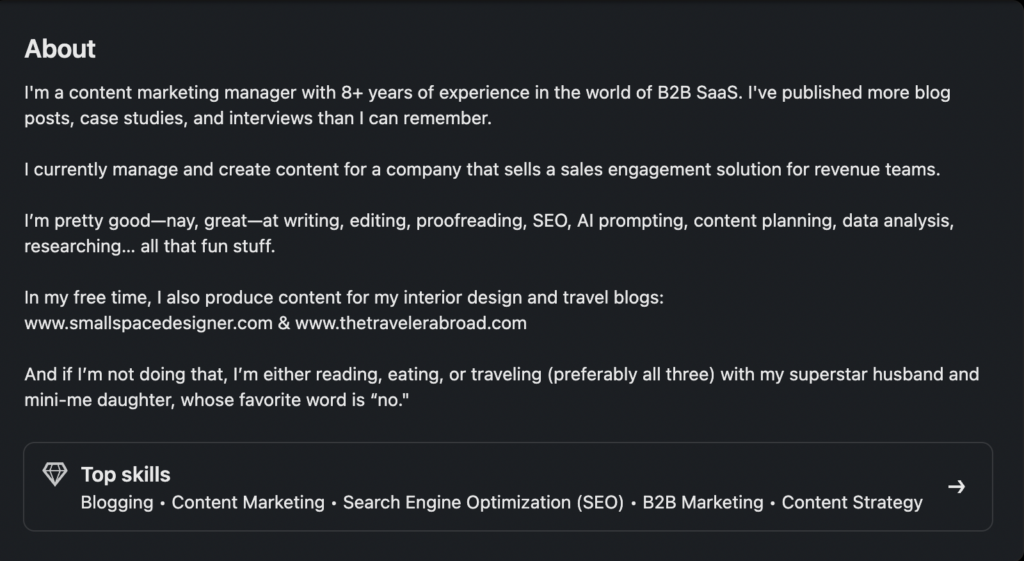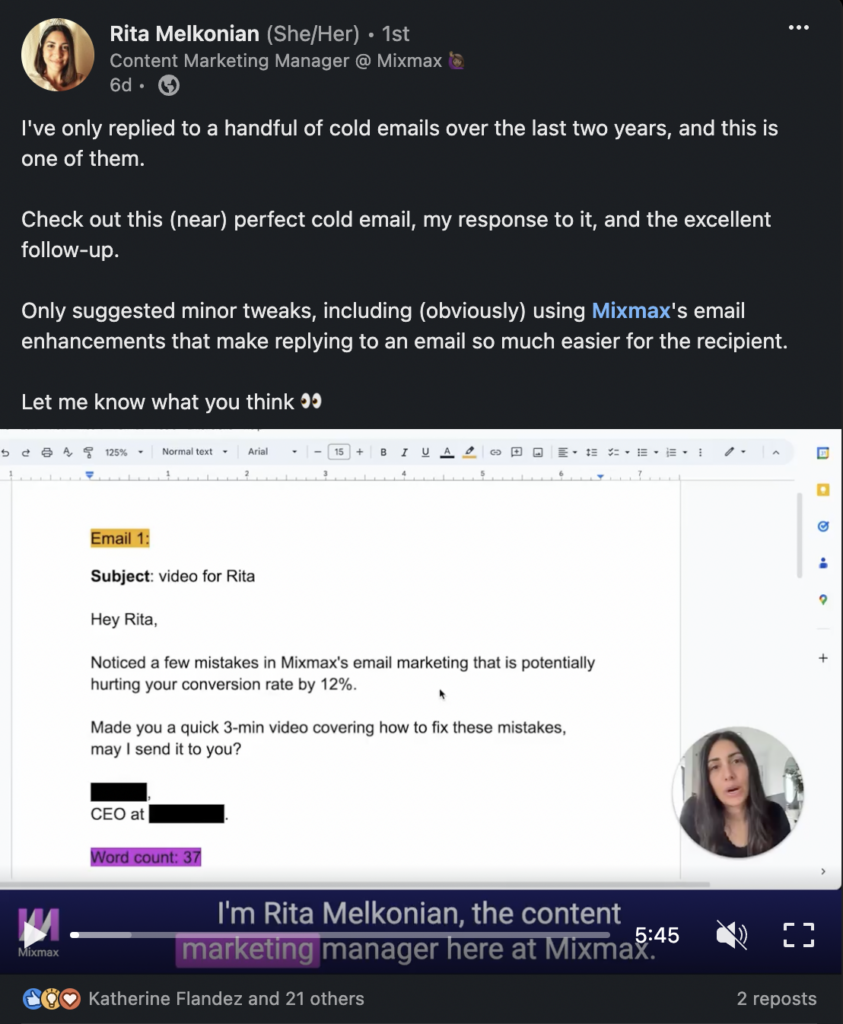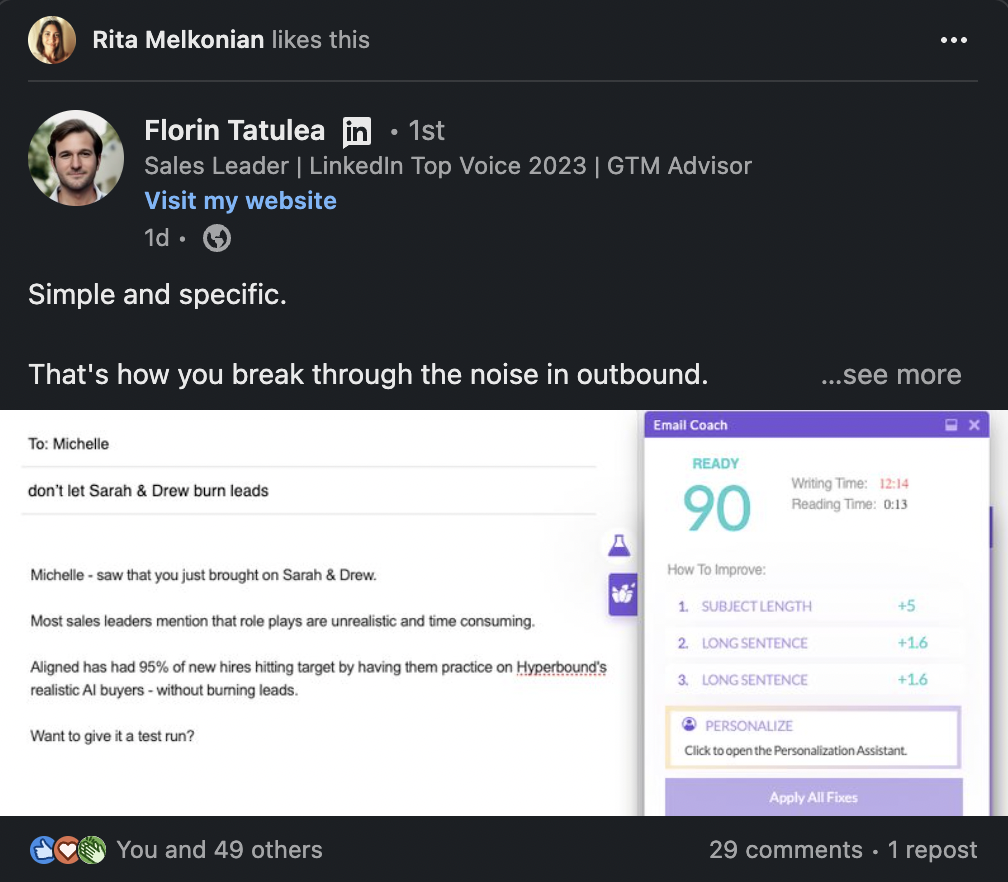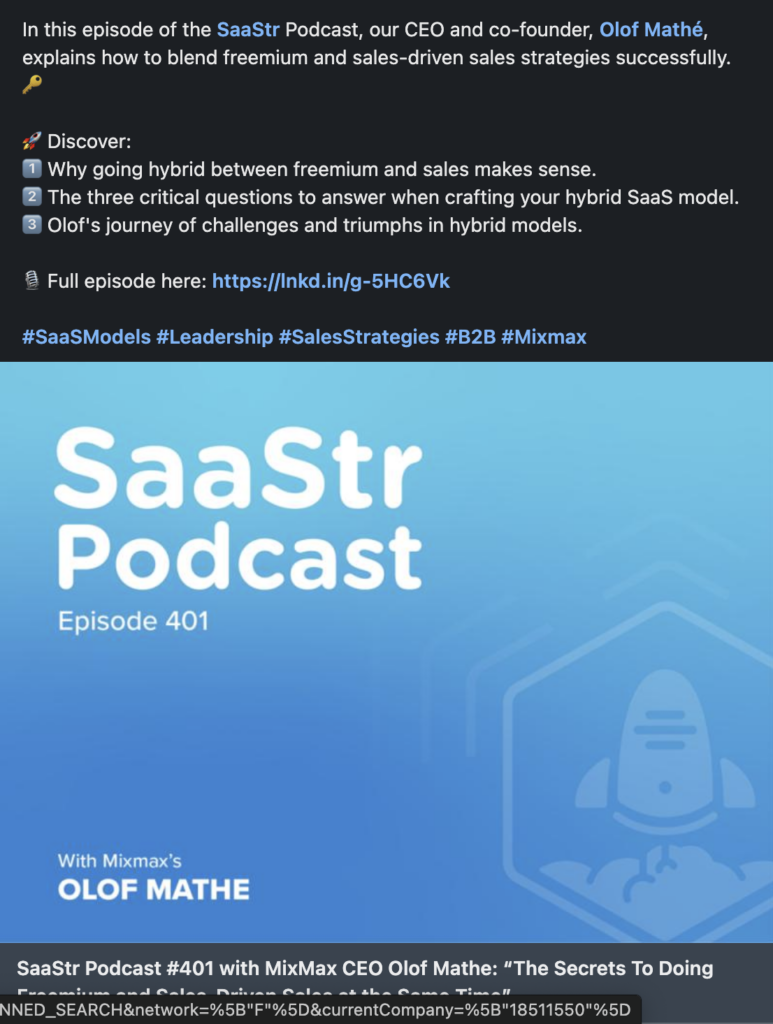5 prospecting metrics you can’t afford to ignore
In today’s issue, I’ll share 5 prospecting metrics you can’t afford to ignore when you’re working in sales. Most salespeople I work with have a hard time understanding what metric to focus on. They either track too many, or too few.
I’ll share 5 metrics I’m obsessed with, and why you should keep a close eye on them. No matter your job, individual contributor, or manager, these metrics will help you understand your prospecting performance.
Let’s dive in:
Prospects added to sequence
Prospecting is about starting conversations with as many prospects as possible. Some of these conversations will end up in meetings, and some of these meetings will turn into opportunities (and closed won deals). That’s why you need to keep a close eye on the amount of prospects you add to your sequence.
To be clear, adding prospects to a sequence doesn’t just mean building a lead list. You have to add them to the first step of your sequence, and actually contact them. If you don’t know that number, you can check my Sales Process Calculator.
LinkedIn connection acceptance rate
This metric is so important if you’re using LinkedIn for prospecting. InMails tend to perform poorly, which is why I recommend sending connection requests to prospects, instead of directly pitching by InMail.
Connection requests are the first step to a successful LinkedIn sequence. But if most of them aren’t accepted, your sequence performance will be drastically reduced. If you need resources to write great connection requests, you can find my free guide here.
Here’s how to calculate it: (#connection requests accepted/#connection requests sent)
Reply rate
By far the most important leading indicator of success. Getting replies is the goal of a prospecting sequence, because it’s the start of a conversation with a prospect. If you can get prospects interested enough to reply, you’ve done the hardest part of the job.
Here are some resources to help you get more replies:
- A Tactical Guide to Booking Meetings on LinkedIn
- Email subject lines: The last guide you’ll ever need
- My 4-step framework to consistently get a 38% reply rate
Here’s how to calculate it:(#replies/#prospects added to sequence)
Meeting booked rate
This metric is often the obsession of sales development leaders. It’s a great indicator of performance, but it’s a lagging indicator. You can’t act much on it if you don’t track the 3 other metrics I mentioned above.
I recommend fixing this metric only when you have fixed the 3 previous ones. Here’s a resource to help you do that.
Here’s how to calculate it: (#meetings booked/#prospects who replied)
Show-up rate
Finally, this metric is often underestimated. I recently had a reader sharing that he had a 30% show-up rate, meaning that most of his prospecting efforts ended up in prospects not even showing up to a meeting they had agreed to.
If you can book meetings but prospects decide not to show up, it means you’re either booking meetings with the wrong people, or you’re so pushy that people prefer saying yes than having you objection handle them. Here’s a resource to help you navigate a conversation and turn it into a meeting.
Here’s how to calculate it: (#meetings actually held/#meetings booked)
And these are the 5 prospecting metrics I’m obsessed with. By tracking them on a regular basis, I have a good idea of the performance of my prospecting sequences, and what I need to optimize.
If you need help with strategies to fix any of these metrics, hit me up on LinkedIn and I’ll send a few resources your way.
Hope this helps.
Cheers,
Thibaut Souyris
P.S. When you’re ready, here are 3 ways I can help you:
→ (NEW) Enroll in The Prospecting Engine
→ (NEW) Need to train your team or invite me as a speaker? Book a call here
Subscribe to the Newsletter
Get my free, 4 min weekly newsletter. Used by 5.900+ salespeople to book more meetings and work when, where, and how they want.
Subscribe to the Newsletter
Get my free, 4 min weekly newsletter. Used by 5.900+ salespeople to book more meetings and work when, where, and how they want.


